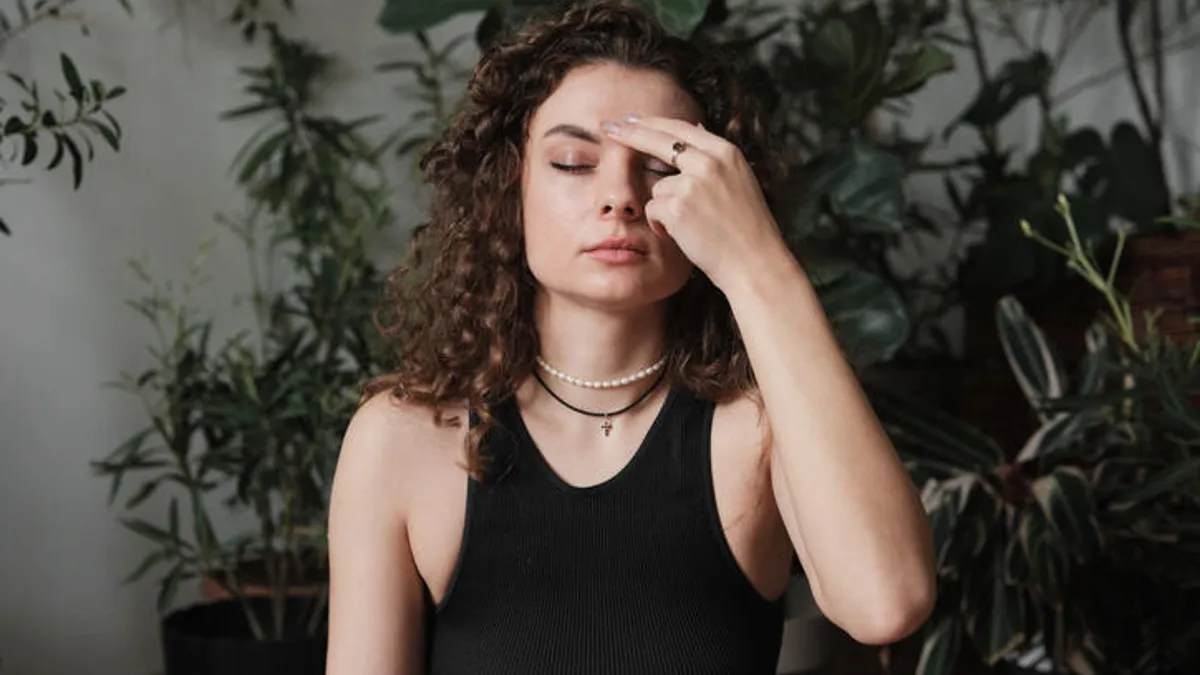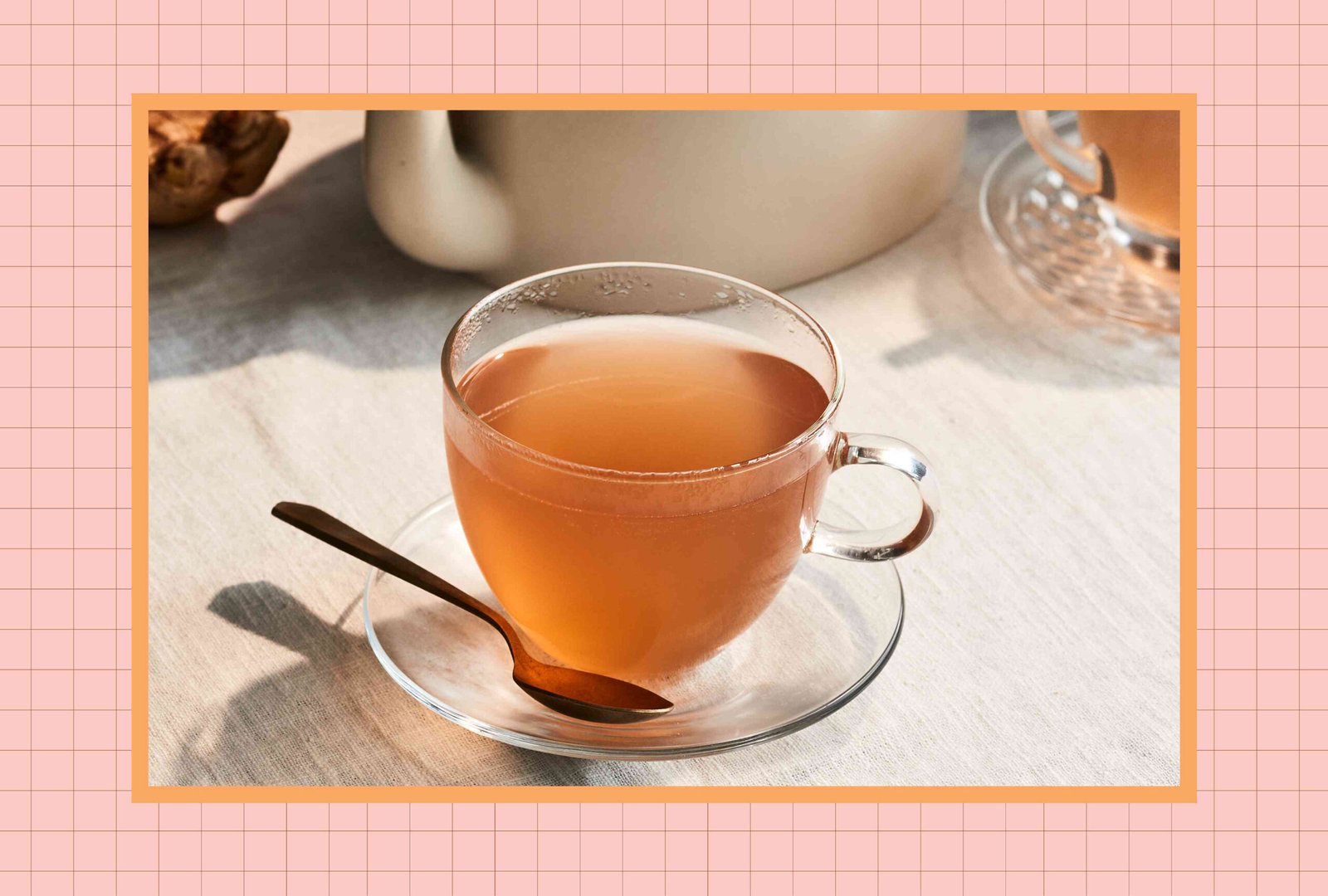Anxiety can manifest through various physical symptoms, including an upset stomach, rapid heartbeat, and difficulty breathing. Many individuals, including myself, have sought effective techniques to manage these symptoms. One method that has proven beneficial is acupressure, which stimulates specific pressure points on the body to alleviate anxiety. While acupressure does not cure anxiety, it can provide temporary relief from some physical symptoms.
Jessica Sharratt, founder of Heal East-West Los Angeles, emphasizes that acupressure is a practical tool for anxiety management, functioning on both energetic and physiological levels. It can be performed anytime and anywhere without needing an appointment.
### Understanding Anxiety
The American Psychological Association defines anxiety as a common mental health condition characterized by excessive fear or worry about future events. Unlike typical stress, anxiety is a prolonged response to perceived threats, activating the autonomic nervous system. This system has two branches: the sympathetic nervous system, which triggers the ‘fight-or-flight’ response, and the parasympathetic nervous system, which promotes a state of calm.
During anxiety episodes, the sympathetic nervous system can become overactive, leading to increased heart rate and blood pressure. Acupressure aims to stimulate certain pressure points that encourage the parasympathetic nervous system, helping to restore balance and calmness.
### Key Pressure Points for Anxiety Relief
Erik Larson, a board-certified psychiatric nurse practitioner, highlights that acupressure can effectively alleviate anxiety symptoms by targeting specific stress-regulating points. The following eight pressure points are particularly useful:
1. **Heavenly Gate Point**: Located in the upper ear, apply gentle pressure while moving in a circular motion for two minutes. 2. **Hegu Point**: Found between the thumb and index finger, press firmly but comfortably for two to five minutes to relieve stress. 3. **Shou San Li Point**: Located on the outer elbow, place two fingers below the elbow joint to ease anxiety and neck tension. 4. **Chest Center Point (Ren 17)**: Located at the center of the sternum, apply gentle circular pressure for three to four minutes to promote emotional grounding. 5. **Neiguan Point (Pericardium 6)**: Found on the wrist between the two large tendons, this point can help decrease anxiety and nausea. 6. **Hall of Impression Point (Yin Tang)**: Located between the eyebrows, apply gentle pressure while breathing deeply for five to ten minutes. 7. **Yongquan Point (Kidney 1)**: Located on the sole of the foot, this point promotes relaxation and reduces stress when pressed. 8. **Shen Men Point**: Found on the wrist near the pinky, this point can help with anxiety, insomnia, and motion sickness.
### Research and Effectiveness
While research on acupressure is still evolving, some studies suggest that it can effectively reduce anxiety in specific contexts. For example, a 2018 study indicated that acupressure techniques lowered anxiety and stress for individuals undergoing fertility treatments. Another study in 2024 found that acupressure helped reduce anxiety during the COVID-19 pandemic.
However, most studies focus on high-stress situations rather than general anxiety, often involving small sample sizes. Despite these limitations, acupressure remains a low-risk method to manage anxiety symptoms without adverse effects.
### Conclusion
Acupressure can be a helpful tool for individuals looking to alleviate anxiety symptoms temporarily. It is essential to note that while acupressure can provide relief, it does not address the underlying causes of anxiety. This technique should not replace traditional therapies or medications but can complement existing treatment plans. As more research emerges, understanding acupressure’s role in anxiety management will continue to develop.



